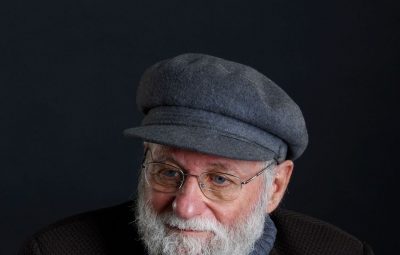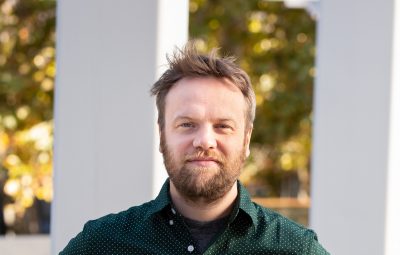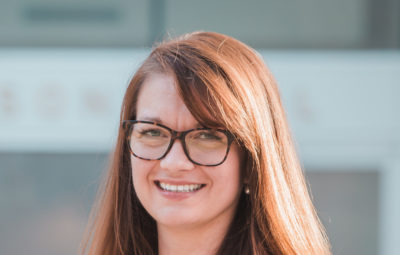Who better to learn about good design than the people who will most benefit from it?
That was the driving idea behind the UC San Diego Design Lab’s decision to participate in the 15th annual Summer Summit, a summer residential program coordinated by SPACES (the Student Promoted Access Center for Education and Service).
Students in the program come from first generation low-income, immigrant and refugee families and represent diverse populations such as young women, Native Americans, LGBT, and students with disabilities. The students — 72 of whom saw presentations by Design Lab researchers — also represent various San Diego schools, such as Gompers Preparatory Academy and Morse High School.
“There is a big push to make San Diego a design city,” noted Joseph Ruanto-Ramirez, the Access Programs Advisor of SPACES. “These students are the populations that researchers are going to be interacting with. Some students may have never heard of design or cognitive science as a major so I wanted to expose them [to] various skills and programs they can probably play around with in the future.”
The Design Lab’s Colleen Emmenegger, for example, presented the work she and a team led by UC San Diego Professor Jim Hollan are doing on autonomous vehicles. Emmenegger described her group’s data collection techniques before discussing how they were going to further research by using a Wizard-Of-Oz research approach (where a human performs a task that appears to be controlled by a computer) to learn how pedestrians, human drivers, and bicyclists respond to driverless cars.
Vineet Pandey, also of the Design Lab, presented on Gut Instinct, a new online learning platform that enables people to simultaneously ask and answer questions and learn about the gut microbiome. “I thought my project was a good fit,” he said, “because coming from a computer science background, I could tell them that online education is changing and by the time they go to college or go to graduate school, they might be taking a lot of classes online. Gut Instinct and similar tools are supposed to inspire them and tell them more about health and the microbiome to spark some curiosity in them, so that they could follow up on it and can read more into it.”
“If they’re excited about the kind of work that we’re doing, then they might be excited enough to put the effort into school and looking for financial support and getting into college,” said Emmenegger.” I think it’s more inspirational than actually teaching design. It’s about getting them excited so that they’re actually willing to put the effort into going further in their education.”
Added Ruanto-Ramirez: “These are actual students from those communities that might go into design and know what the community has gone through, what they’ve struggled with, and what can benefit them, so there is an actual voice in the community and framework for their individual community to survive as the city moves forward.”






